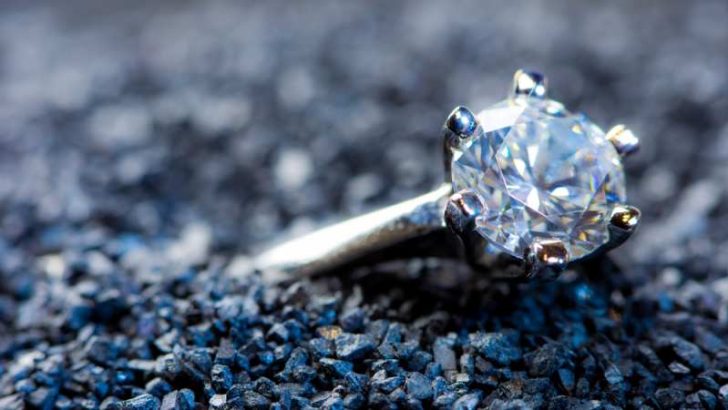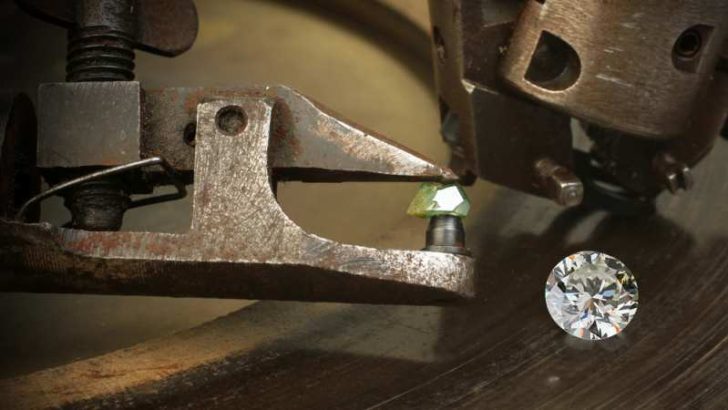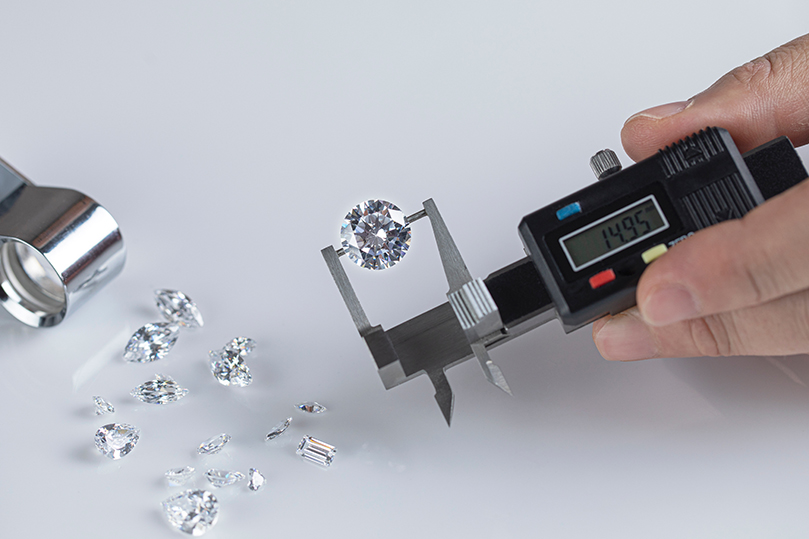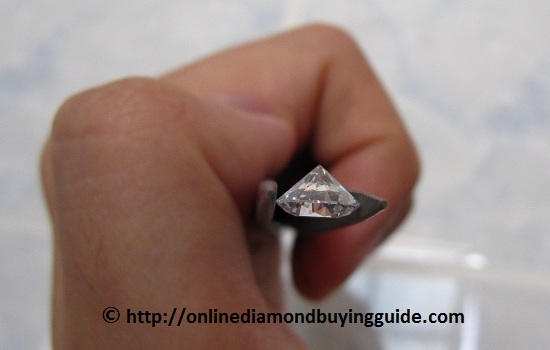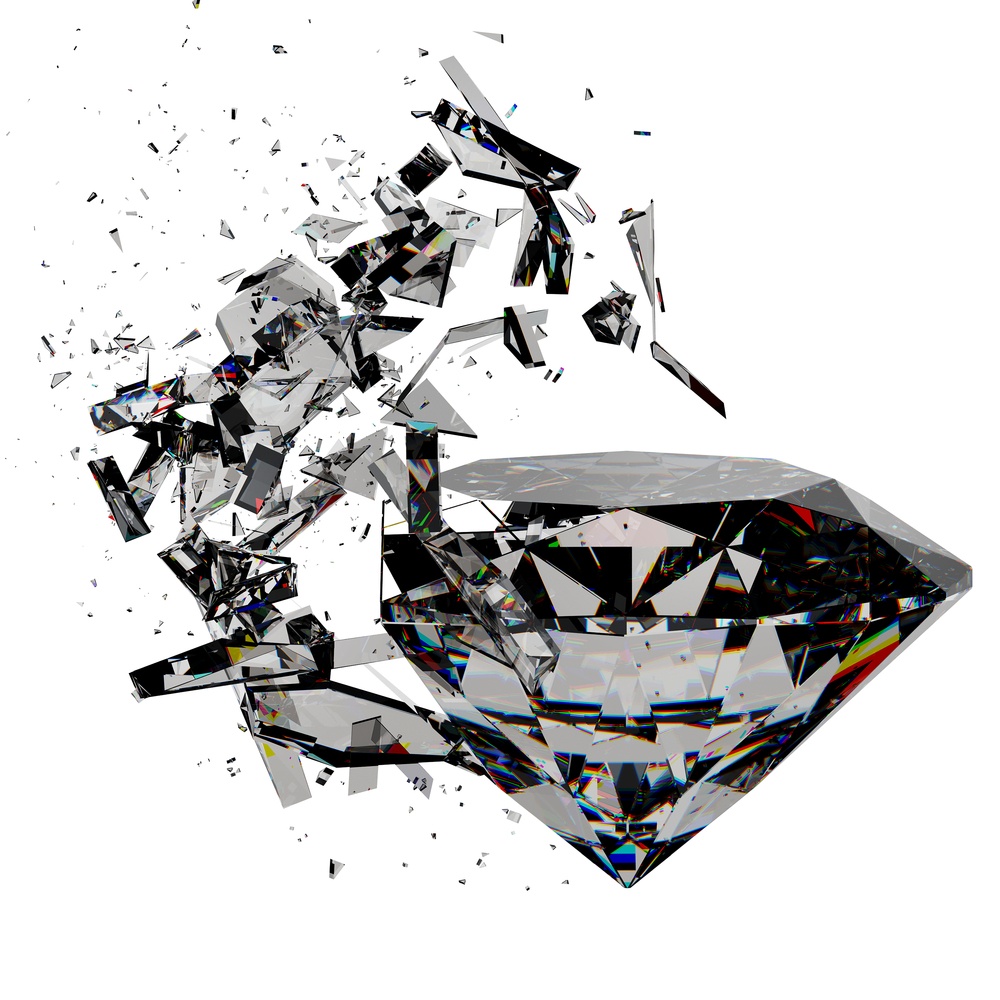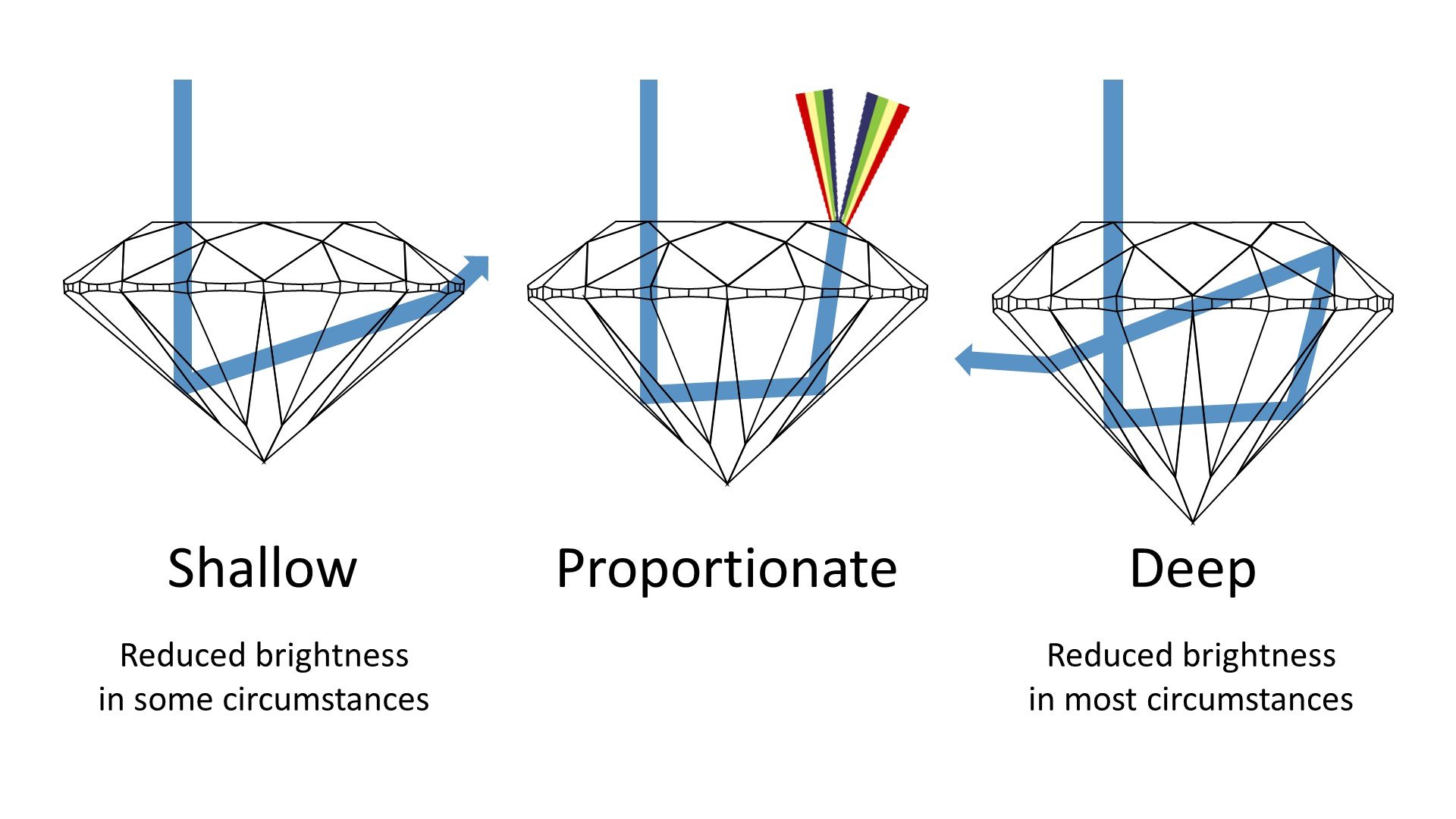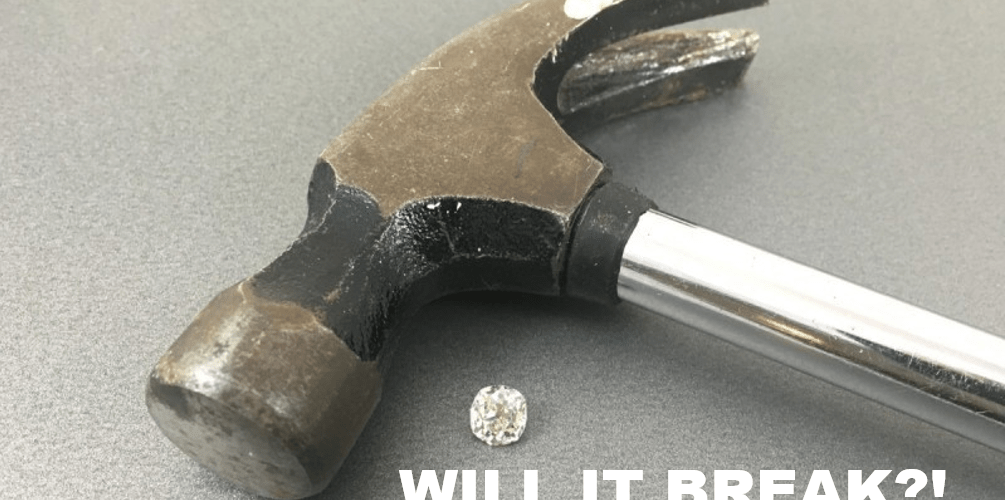How Do You Break A Diamond

Diamonds, celebrated for their unparalleled hardness, aren't invincible. Understanding how to break these resilient gems is crucial for industries ranging from gemology to material science.
This article cuts through the mystique, detailing the precise methods and scientific principles behind cleaving and fracturing diamonds, offering essential information for professionals and anyone curious about the limits of this extraordinary material.
Understanding Diamond Hardness and Weaknesses
Diamonds boast a 10 on the Mohs hardness scale, resisting scratches from almost any material. However, hardness isn't the same as toughness; diamonds possess specific cleavage planes, or directions of weakness, along which they can be split.
These planes are a result of the diamond's crystal structure, a repeating arrangement of carbon atoms. Imperfections and inclusions within the diamond can also create stress points that weaken the overall structure.
Cleavage: Exploiting Natural Weakness
Cleavage involves splitting a diamond along its natural cleavage planes. This is a controlled process, often used by gem cutters to shape rough diamonds into desired forms.
Historically, cleaving was done with a steel blade and hammer. Today, sophisticated tools utilize lasers and precise mechanical forces.
"The key to successful cleaving lies in accurately identifying the cleavage planes and applying force in the correct direction," explains Dr. Emily Carter, a materials scientist at Harvard University.
Misaligned force can lead to uncontrolled fracturing, damaging or destroying the diamond.
Fracture: Breaking Beyond Cleavage Planes
Fracturing a diamond involves breaking it in directions other than its cleavage planes. This requires significantly more force and often results in irregular breaks.
High-impact force, extreme temperature changes, or focused energy from lasers can induce fractures. Fracturing is often used in industrial applications, such as creating diamond abrasives.
According to research published in the journal "Nature Materials," rapid heating and cooling cycles can introduce thermal stress, leading to catastrophic fracture in diamonds.
Methods for Breaking Diamonds
Several methods are employed to break diamonds, each with varying degrees of precision and control.
The choice of method depends on the intended outcome, the size and quality of the diamond, and available resources.
Laser Cutting
Laser cutting is a modern technique that uses a focused laser beam to vaporize material along a narrow path. This method is incredibly precise and can be used for both cleaving and fracturing diamonds.
High-powered lasers create localized heat, weakening the diamond along the desired line. The laser can also be used to create small, controlled fractures.
De Beers Group, a leading diamond company, utilizes laser cutting extensively in their diamond processing operations.
Mechanical Force
Mechanical force, using tools like wedges and hammers, is a traditional method for cleaving diamonds. While less precise than laser cutting, it can be effective in experienced hands.
The diamond is carefully positioned, and force is applied along the cleavage plane. This method requires a deep understanding of diamond structure and considerable skill.
Incorrectly applied force can easily result in shattering the diamond, making it unusable.
High-Pressure/High-Temperature (HPHT) Treatment
HPHT treatment is primarily used to enhance the color of diamonds, but it can also induce fractures under specific conditions. Exposing diamonds to extreme pressure and temperature can alter their internal structure.
Rapid changes in pressure and temperature can create stress points, leading to fracturing. This method is generally not used intentionally to break diamonds but can occur as an unintended consequence of HPHT treatment.
According to GIA (Gemological Institute of America) reports, some HPHT-treated diamonds exhibit internal fractures due to the extreme conditions.
Industrial Applications and Research
Broken diamonds are essential in various industrial applications. Diamond abrasives, used for cutting, grinding, and polishing, are made from crushed diamond fragments.
Researchers are also exploring new methods for breaking diamonds, such as using focused ion beams and ultrasonic vibrations. These techniques aim to achieve even greater precision and control.
Future research may lead to breakthroughs in manipulating diamond properties for advanced technological applications.
Conclusion: The Future of Diamond Manipulation
Understanding how to break diamonds is not just about destroying a precious gem; it's about harnessing its exceptional properties for various applications. Ongoing research and technological advancements continue to refine the methods for cleaving and fracturing diamonds.
These advancements are paving the way for more efficient and precise diamond processing, benefiting industries ranging from gemology to advanced manufacturing.
Further studies are needed to fully understand the complex interplay of factors that influence diamond fracture, leading to potentially groundbreaking applications in the future.

